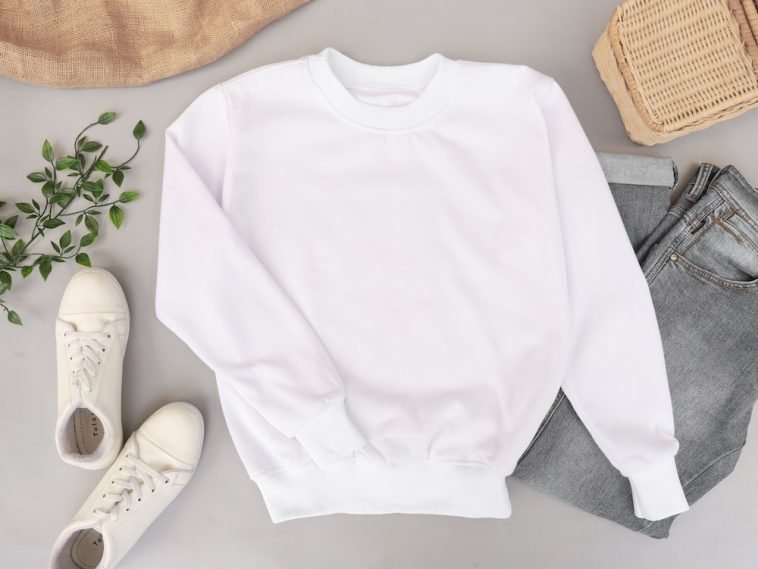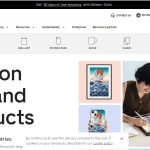Introduction
Finding the right niche for a print-on-demand (POD) business can feel like searching for a needle in a haystack.
But here’s the thing—choosing the perfect niche is one of the most important steps for building a successful POD brand. With so many options, though, it can get overwhelming pretty quickly.
Do you go for something trendy, stick with timeless themes, or aim for a unique corner of the market? And then there’s the question of what people want to buy.
In this article, I’ll guide you through the process of identifying a niche that fits your interests, aligns with current market trends, and has strong potential for profitability.
I’ll go over practical steps, highlight the pros and cons, and answer common questions that come up as you brainstorm POD niches.
By the end, you’ll have a clearer idea of how to choose a niche that resonates with customers and can help your business stand out.
Why Niche Selection is Crucial for POD Success
The print-on-demand market is booming, and, as of 2023, it’s estimated to reach $9 billion globally. While POD platforms like Redbubble, Teespring, and Printful have lowered the entry barrier for new business owners, they’ve also led to an oversaturated market. The main way to stand out is to offer something unique, and that’s where a good niche comes in.
A niche-focused approach makes it easier to target a specific audience who already has an interest in your product’s theme.
By focusing on a niche, you’re not trying to appeal to everyone—just the people who care the most about what you’re selling. This leads to stronger branding, loyal customers, and, ideally, better sales.
How Do I Find a Good Niche For Your Print On Demand Business?
1. Self-Reflection: What Are Your Interests?
Your interests are a good starting point. Think about the hobbies, causes, or topics you’re passionate about. When you choose a niche you care about, it’s easier to come up with ideas and stay motivated in the long term.
- Ask Yourself: What do I enjoy doing in my free time? Are there any topics I frequently read about or discuss with friends?
- Tip: Your interests don’t have to be “trendy” to be profitable. Sometimes, a unique passion can uncover a niche with very little competition.
2. Research Market Demand.
Once you’ve identified a few interests, see if there’s enough demand for products in these areas. Start by researching keywords related to your niche on platforms like Google Trends, Etsy, or Pinterest. These platforms are great for getting an idea of what people are searching for and sharing.
- How to Check Demand: Use keyword tools like Ubersuggest or Ahrefs to search terms related to your niche and look for keywords with moderate to high search volume.
- Example: If you’re interested in animal-themed designs, search terms like “dog lover t-shirt” or “cat mug” can give insights into demand.
3. Evaluate Competition.
High competition isn’t necessarily bad, but it’s essential to understand who you’re up against. Check out other sellers in your potential niche on popular POD marketplaces like Redbubble or Society6.
Look at the number of shops offering similar products, their design styles, and the customer reviews to identify any gaps you could fill.
- Tools for Checking Competition: Sites like Merch Informer and POD research tools can provide insights into what’s trending on Amazon or Etsy.
- Pro Tip: Try to avoid niches that are too saturated unless you have a unique twist or sub-niche in mind. For example, “fitness” is broad, but “yoga for travelers” is more specific.
4. Identify Your Target Audience.
A well-defined audience is crucial for successful niche selection. Try to picture your ideal customer: their age, gender, interests, lifestyle, and any other details that might influence their buying habits. This makes it easier to tailor your designs and marketing strategies.
- Build a Customer Persona: If your niche is “sustainable fashion,” your target audience might be eco-conscious millennials who care about ethical shopping.
- Example Audience: A niche like “plant parent” appeals to young adults who love indoor gardening and are likely interested in products that celebrate their green-thumb lifestyle.
5. Test Your Ideas with a Pilot Launch.
Before committing to a niche, try creating a small batch of designs and launch them on a POD platform.
Test out a few different design styles and track which ones perform best. Consider investing a small budget into advertising to gauge interest.
- Social Media Test: Platforms like Instagram and TikTok allow you to test niche appeal quickly by promoting your products to relevant hashtags or communities.
- Feedback is Key: Look for genuine feedback from customers. Comments and reviews can reveal if there’s potential in the niche or if adjustments are needed.
Pros and Cons of Choosing a Niche in POD
Pros
- Clear Branding: A focused niche makes it easier to build a recognizable brand.
- Targeted Audience: It’s simpler to market to a specific group than to a broad, undefined audience.
- Reduced Competition: Niche businesses face less competition compared to general stores.
- Loyal Customer Base: Niche customers are more likely to return and recommend you to others with similar interests.
Cons
- Limited Audience Size: Niche markets tend to be smaller, so growth might be slower.
- Fewer Design Options: You might have to stick with themes that align with your niche.
- Risk of Trend Obsolescence: Some niches can lose popularity over time.
FAQ
Q1: How narrow should my niche be?
Aim for a niche specific enough to have low competition but broad enough to include several design options. Think “outdoor adventure gear for women” instead of just “clothing.”
Q2: What if my niche is too small?
If the niche is very small, consider broadening it slightly. For example, instead of focusing solely on “French Bulldog designs,” try expanding to “small dog breeds.”
Q3: Can I change my niche if it’s not working?
Absolutely! A lot of POD sellers adjust their niche as they learn what sells best. Consider it part of the process.
Q4: How do I know if my niche has profit potential?
Check if there’s demand (use keyword tools) and see if people are willing to pay for similar products in your chosen niche.
Q5: Is it okay to follow trends?
Trends can be great for short-term sales, but a mix of evergreen and trending products is usually best for long-term growth.
Conclusion
Choosing the right niche for a print-on-demand business takes some effort, but it’s well worth it. By focusing on something that has a clear audience and matches your interests, you’re setting yourself up for a better chance at success. Remember, research, testing, and a bit of trial and error are part of the process.
So, if you could create any POD niche business, what would it be—and why?





GIPHY App Key not set. Please check settings